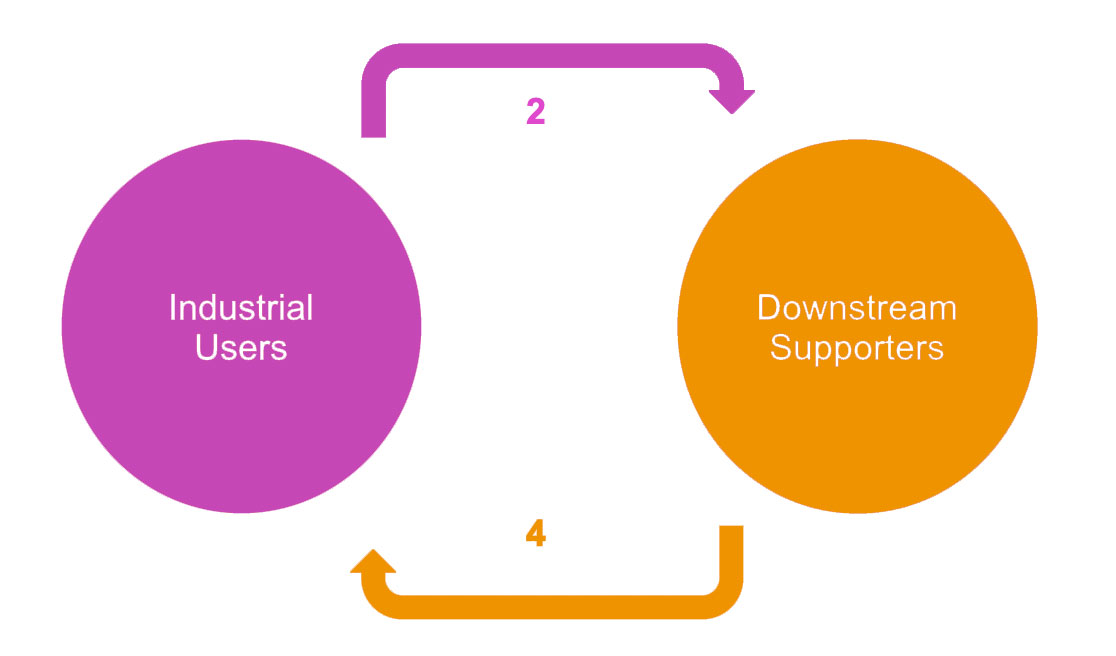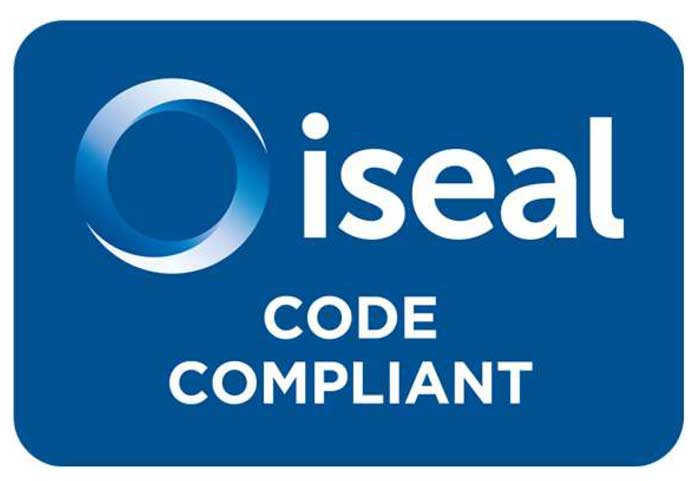M&E Insights, March 2021
To achieve broad impact and multi-stakeholder engagement, one of the key ingredients is membership growth. ASI has designed a membership structure and supporting outreach strategies to encourage participation of a wide range of aluminium sector stakeholders. At 23 March 2021, ASI has 161 members across its six membership classes. This month we dive deeper into some key indicators regarding ASI members and membership.
Key takeaways for ASI’s first six years, 2015-2020:
- Membership numbers have grown each year between 31-82% per annum
- Production and Transformation (P&T) and Industrial Users (IU) are the ‘certifying’ membership classes and today make up 65% of ASI members
- ‘Medium’ sized members today make up 44% of turnover-based members (P&T, IU, Downstream and General Supporters), and ‘Micro’ sized members make up 69% of employee-based members (Civil Society and Associations)
- Since November 2019, 47% of new members have learnt about ASI through business partners, suppliers or customers
- Six organisations have not renewed their ASI membership since 2015 due to operational reasons, averaging one resignation per year.
1. ASI Membership growth per annum
When ASI was incorporated as a non-profit entity in 2015, the organisation counted 13 members. Since then, ASI membership numbers have continued to grow each year between 31-82% per annum. Figure 1 shows the year-on-year percentage and quantum growth in ASI Membership from 2015 to 2020. You can hover over all the graphs for more details.
Figure 1: ASI Membership growth per annum 2015-2020 – percentage and quantum
Membership growth continued to be positive in 2020, despite the uncertainty surrounding the COVID-19 pandemic and longer-term economic impacts.
2. ASI Membership by organisation size
The aluminium value chain is comprised of a broad range of company sizes in both number of personnel and annual turnover levels. The ASI membership structure is designed to be as inclusive as possible. Figure 5 shows the current breakdown of member size in the various membership classes.
Figure 2: ASI members by size and membership class (as of 23 March 2021)
Note: Membership class size definitions are given in the table below.



